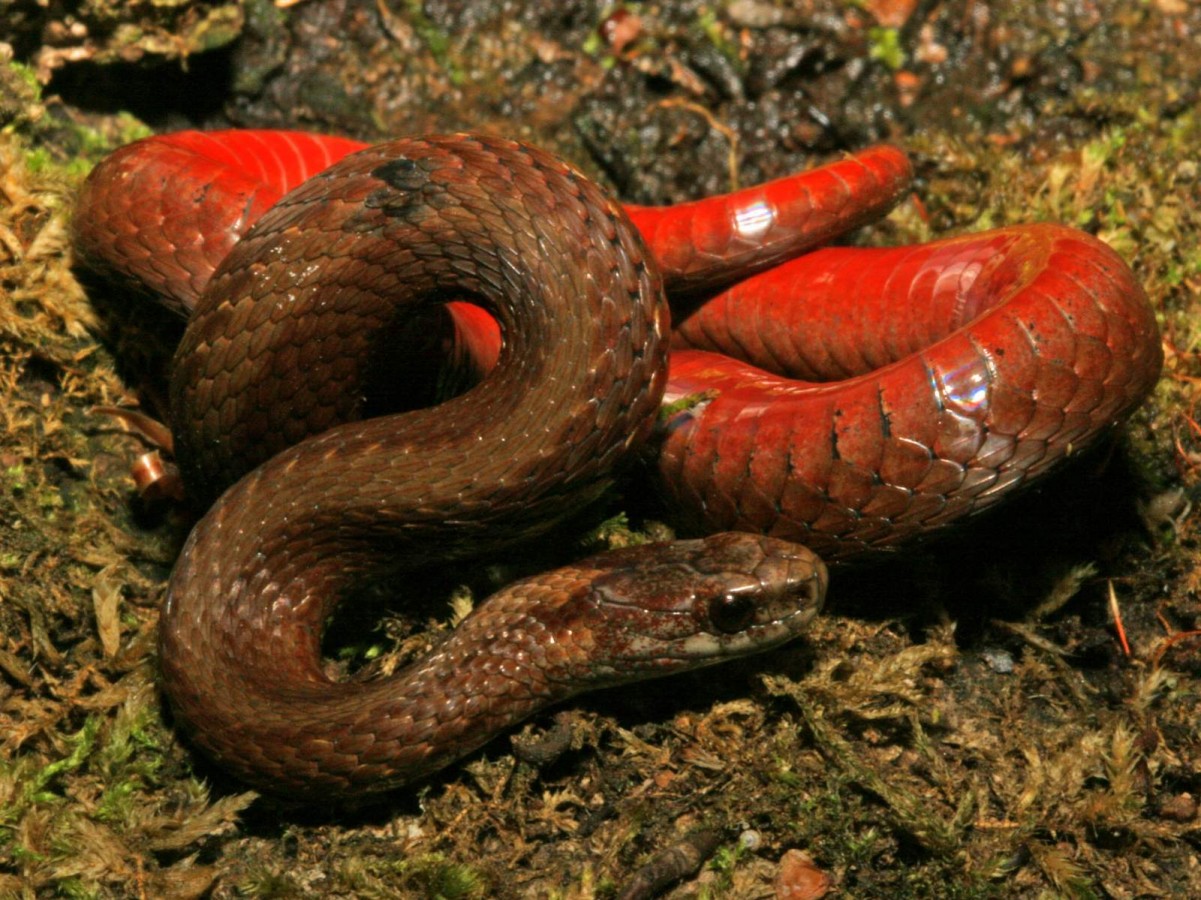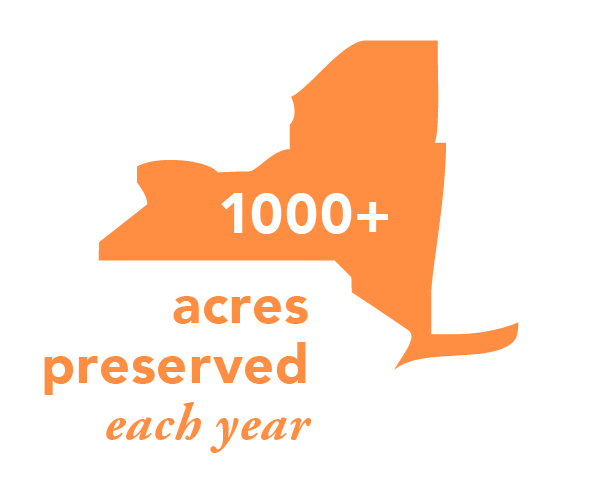All winter, the red-bellied snake (Storeria occipitomaculata) has hunkered down in various hidey-holes – anthills, abandoned burrows, rock crevices – in the company of other small snakes. Come spring, it will shake off the torpor of hibernation and strike out on its own.
It will be looking for a moist, shady location, which may be a forest, a wet meadow, or, very often, your flowerbed or garden. If you have a touch of ophidiophobia, don’t worry: at only seven to ten inches long and with a head no thicker than the rest of its body, this tiny reptile might well be mistaken for a healthy-sized night crawler.
The red-bellied snake often hangs around gardens because they are full of soft, delectable invertebrates like slugs, snails, and earthworms. Its long, slender, recurved teeth are shaped like escargot forks, perfect for getting a purchase on slimy creatures. It is a particularly determined hunter of snails. In order to extract a juicy morsel from its unpalatable casing, the snake gets a grip on the soft parts, digs in, and pulls until the snail tires and can be removed from its shell.
Although a formidable foe of slugs, this little creature is a milquetoast. It’s an easy mark for crows, raptors, raccoons, cats, other snakes, and people who do not recognize it for the helpful garden warden that it is. Its best defense is to avoid detection altogether, so it spends most of its time hiding in dark, moist places under rocks, boards, and other debris. If it must emerge, its nondescript brown or gray back provides perfect camouflage against the earth.
When it cannot avoid conflict, it will try to bluff its way out of danger. It may first try flattening its head and body in a vain attempt to appear larger. If the attacker is persistent, it will thrash around, releasing a slimy mixture of feces and foul-smelling musk from its anal glands and flashing its red or orange belly. Bright colors often signal noxiousness in the animal world, and you would do well not to chew on a monarch butterfly or a red eft, but the red-bellied snake is nonvenomous. In fact, since it is regularly eaten by everything from shrews to chickens to bass, it appears to be quite tasty. If you pick it up, it may startle you by curling its upper jaw bones outwards and turning its lip scales back in a tiny snarl, rubbing the side of its mouth against your hand. It’s not known what this behavior is intended to achieve, as its teeth are far too tiny to do damage to any but the smallest adversaries. It will not bite, as if it already knows that biting anything harder than a slug would be futile. If nothing else works, it may go into theatrical convulsions and play dead. This otherwise convincing performance is somewhat marred by the fact that it insists that a dead snake must remain upside down; if placed on its belly, it will roll on its back again.
Like 20 percent of snake species, the red-bellied snake is viviparous, giving birth to live young in late summer or early autumn. Viviparity is a common trait in the reptile world because it confers distinct advantages, especially in uncertain environments. While inside the mother, the young are protected from predators, disease, dehydration, and temperature fluctuations. The female can regulate her own body temperature by basking in the sun when it is cold and seeking shelter when it is hot, so the young can be kept at the optimal temperature for development; this is gives snakes a critical edge in northern climates and high elevations where the soil tends to be cool and winter comes early. As is always true, however, what is good for the babies is bad for the mother. The female is seriously weighed down by her litter; the neonates are typically a third or even half the length of the mother, and the average litter size is eight. Once the litter is born, mother and babies go their separate ways. They will only encounter others of their kind when they den up for next winter.


